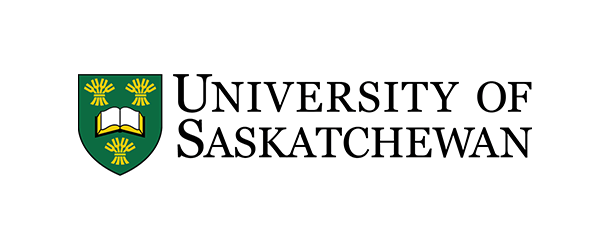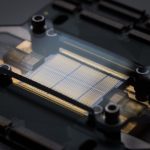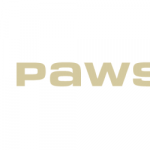Uof Saskatchewan building new & better materials for use in quantum computing & quantum applications & brings to life via artwork

(UsAsk.ca) The research of USask mathematician Dr. Steven Rayan of the University of Saskatchewan’s director of the USask Centre for Quantum Topology and its Applications (quanTA) was recently featured. Inside Quantum Technology summarizes.
Quantum materials are what futuristic dreams are made of. Such materials are able to efficiently conduct and insulate electric currents – the everyday equivalent of never having a lightbulb flicker. Quantum materials may be the fabric of tomorrow’s supercomputers, ones that can quickly and accurately analyze and solve problems to a degree far beyond what was previously thought possible.
“Before the 1700s, people were amazed that metals could be melted down and reshaped to suit their needs, be it the need for building materials or for tools. There was no thought that, perhaps, metals were capable of something much more — such as conducting electricity,” said Rayan, sho is also an associate professor of mathematics and statistics in the USask College of Arts and Science while also serving as the director of the quanTA.
“Today, we’re at a similar juncture. We may be impressed with what materials are capable of right now, but tomorrow’s materials will redefine our expectations. We are standing at a doorway and on the other side of it is a whole new world of materials capable of things that we previously could not imagine.”
“This is an immense paradigm shift in the understanding of what it means to be a ‘material’,” said Rayan.
“All of this comes at the right time, as new technologies like quantum computers, quantum sensors, and next-generation fuel cells are putting new demands on materials and exposing the limits of existing components,” said Rayan.
This year has seen two new articles by Rayan together with co-authors extending previous research of hyperbolic materials. The first is written with Maciejko and appears in the prestigious journal Proceedings of the National Academy of Sciences (PNAS). The second has been written with University of Maryland undergraduate student Elliot Kienzle, who served as a USask quanTA research assistant under Rayan’s supervision in summer of 2021.
In these two articles, the power of mathematics used to study quantum and hyperbolic crystals is significantly extended through the use of tools from geometry. These tools have not typically been applied to the study of materials.
The work also intersects with art in another way. The article with Kienzle, which was released in pre-publication form on February 1, 2022, was accompanied by exclusive hand drawings provided by Kienzle. With concepts in mathematics and physics often being difficult to visualize, the artwork helps the work to come to life and invites everyone to learn about the function and power of quantum materials.



















